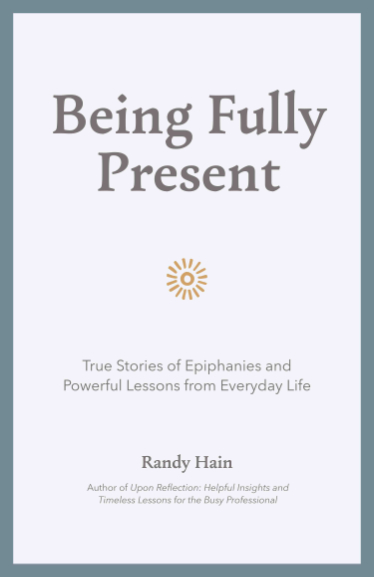A few years ago, as I had the sung version of the Divine Mercy Chaplet blaring during my shower, I was interrupted by a then-four-year-old wanting to play a guessing game with me. Hearing her sincere belting out of the song, punctuated by “Mom, your turn!,” made me smile.
It also made me think about how Mary must have used prayer in her daily life. I’m pretty sure she had a fair share of stress in her life. Life back in those days was hard in a way few of us can appreciate. She wasn’t rich, and she didn’t have the luxury of sitting down for a few minutes of “Me Time.”
I wonder, though, how prayer played a part in Mary’s life, how conversation with God—both the talking and the listening—worked in her life.
When she woke up to the silent house, everyone else still barely asleep, did she share those precious still moments with God? As she scrubbed, did she silence herself and wait for the small Voice to pierce through the activity?
As she prepared food, did she laughingly recount Jesus’ latest antics to His Father? Before collapsing at night on her bed, did she offer a thankful Psalm of praise?
The Divine Mercy Chaplet has taught me a lot about Mary. As I contemplate the words in their cycle, I see her as a guide to understanding God’s infinite mercy. The words become a way to keep my restless self busy as my mind delves deeper into the idea of how much God must really love me.
He gave His Son; His Son said Yes to the Cross. Though the language feels old-fashioned, at first, it also reminds me of the timelessness of God. Though it always feels like I don’t have time, like I can skip it just this once, like I can save it for later, I need the daily reminder of God’s mercy and love.
With so much wrong in the world, the Divine Mercy Chaplet anchors me in hope, with Mary guiding me to a deeper understanding of her Son.















